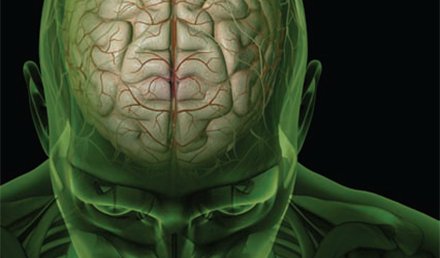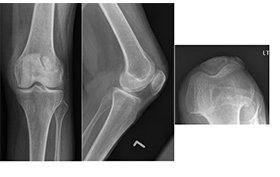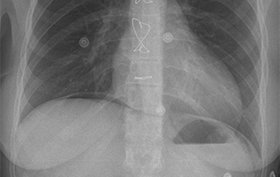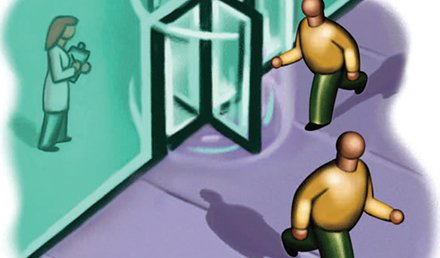Urgent message: While few data specific to the urgent care setting exist, applying the medical evidence gleaned from other acute care settings can enable the clinician to effect positive outcomes in patients presenting with symptoms indicative of minor TBI. Joseph Toscano, MD Head trauma is among the most important problems evaluated in acute-care medicine. Estimates from the Centers for Disease Control and Prevention indicate that each year in the Unites States, approximately 1.4 million individuals …
Read More




